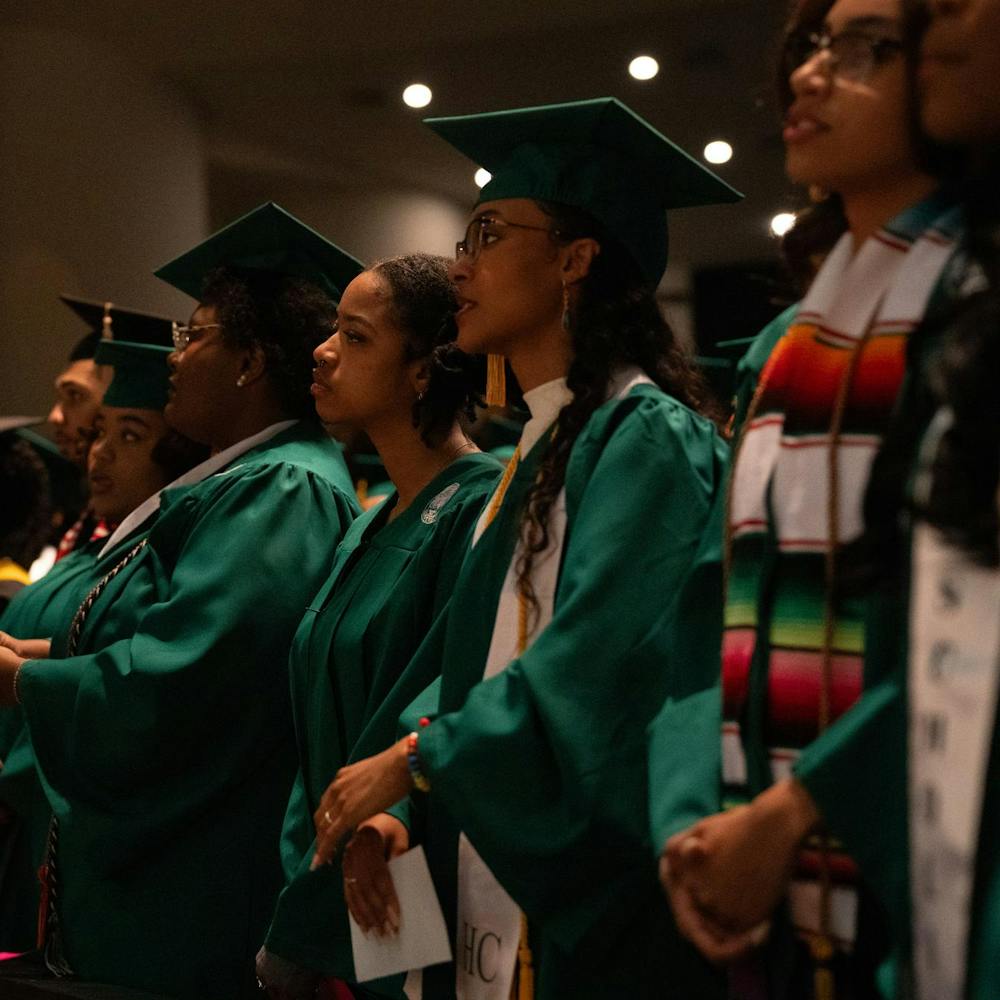Some of the weight of textbooks and course packets could be lifted off the backs of students if some textbook publishers have their way. Electronic or digital books, known as eBooks, could eradicate the need for students to carry around textbooks and, in turn, put texts into a slim device or laptop computer. Tom Stanton, director of communications for McGraw-Hill Education, said his company offers more than 1,000 digital textbooks — most at half the cost of traditional print counterparts. “Today’s eBooks offer a variety of features that enhance the learning experience,” he said. “For example, many of our eBooks are fully interactive, with audio, video, full search and note-taking capabilities.”
Despite the extra features of digital books, they are not being adopted everywhere.
Evan Schnittman, vice president of business development for Oxford University Press, said the textbook world has tried to reach out to the digital age, but has been rejected.
The resistance is partially attributed to professors choosing books, Schnittman said, but it could be because of publishers trying to pass off eBooks on a group without a standard eBook reader.
“Textbooks have been a real challenge as an industry,” Schnittman said. “You would think that the most wired group in the world (students), would be the first to adapt (to eBooks).”
He said e-readers available now aren’t as multifunctional as publishers would like.
“There’s no interactivity,” Schnittman said. “If you highlight a word, you can’t get a definition or get a video explaining the subject.”
One of the most popular eBook readers, the $399 Amazon Kindle, introduced by the online bookselling giant in November, is being researched by students on campus.
Education professor Steve Weiland, who heads the Honors seminar, said the goal is to see how digital devices such as the Kindle and Apple’s iPod touch can be used in academic research.
Microbiology freshman Greg Dowdy, one of four test subjects for the research project, said although the first generation of portable readers is limited, he can see textbooks being integrated with readers in the future.
“Once they make it affordable, I can definitely see it being used in higher education,” he said.
“The amount of space that it saves, the amount of weight that you’re carrying around — it’s just greatly reduced.”
Dowdy said eBook reader screens would need to be color and have Internet access to facilitate textbooks, but he sees the potential.
Other areas of the book world are adapting differently.
The library sector has gone almost completely digital, Schnittman said, because of the easy storage ability and tools such as search features.
Steven Sowards, assistant director for collections at MSU Libraries, said the university offers thousands of electronic books through the library’s Web site.
“Over half of the book budget goes toward electronic text,” Sowards said.
Still, the trade book sector, or books sold at bookstores, has been slower to conform, Schnittman said.
Greg Ballein, manager at Student Book Store, 421 E. Grand River Ave., said he isn’t positive digital books will replace his products, mostly because customers would have to buy a reader.
“EBook readers are supposed to be a stand-alone thing,” Ballein said. “Why would I want a separate thing if I have to buy the book anyway?”
Support student media!
Please consider donating to The State News and help fund the future of journalism.
Special education senior Stefanie Miner said buying a nre product would depend on the reader price and the type of books.
“I usually only carry a few books at a time,” Miner said. “So I probably wouldn’t need it.”
But biochemistry junior Mike Jarvi said he would use the digital books to save a few bucks.
“There would be a whole lot of advantages,” Jarvi said. “I use my computer exclusively for everything now anyways.”
Discussion
Share and discuss “Screen reading” on social media.






